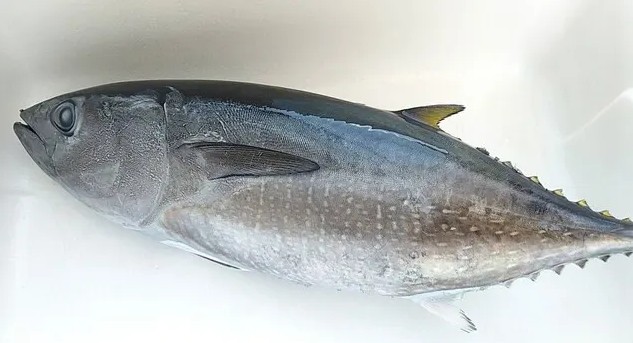You can determine how good a sushi restaurant is just by glancing at the topping box (neta-bako). The toppings should all be bright and shiny. This seafood was selected that very morning throughout Tsukiji Fish Market. Even when marinating in vinegar, it’s clear how lively and fresh the fish is.
Every single good sushi restaurant is small. The maximum counter space for a single sushi master to keep up with each customer is 10 seats. These excellent restaurants also have a number of regular customers and almost seem like an exclusive club.
The master conditions his customers to enjoy the toppings that he believes to be the best and the customers train the master into making the dishes they like. After all, making sushi may be a single profession, but it is a relative business and it takes time to build this deep understanding between the chef and customers.
Good sushi chefs do not play favorites to their regular customers. Good regular sushi customers are well-mannered and don’t make an unpleasant atmosphere for first-time customers. Both the chefs and customers are educated in this way. There is this sense of pure pressure in the restaurant.
Good sushi restaurants close their doors early. They need to get to Tsukiji Fish market first think in the morning. This means they need to get to bed by midnight. So the regular customers at these restaurants get up to leave when closing time rolls around. Somewhere along the way they’ve been trained to do this.
[sc_apply url=”https://sushiuniversity.jp/apply/”]
We hope this information will be helpful.

Revision date: June 25, 2018
Share this article
